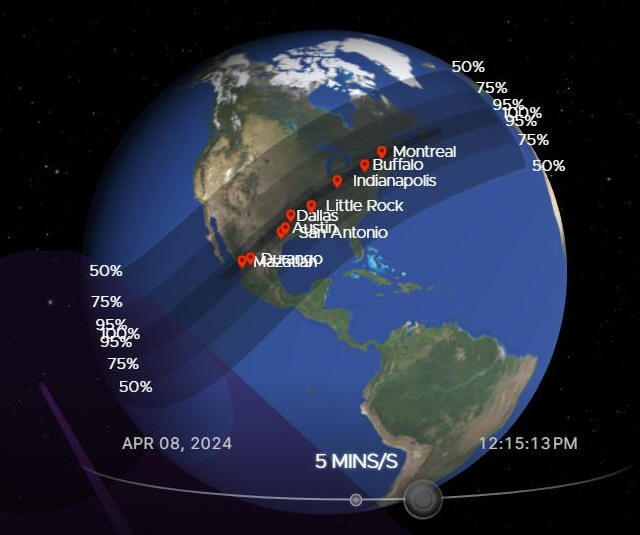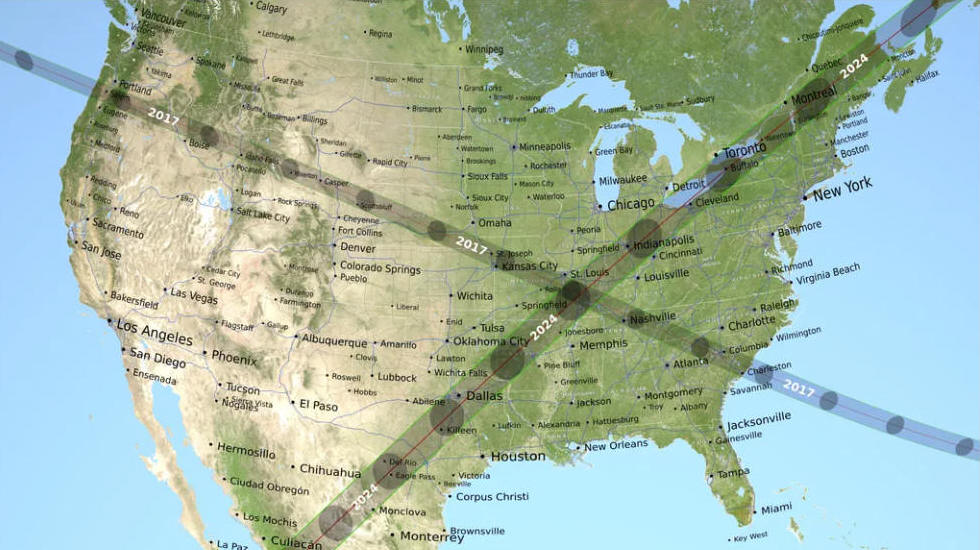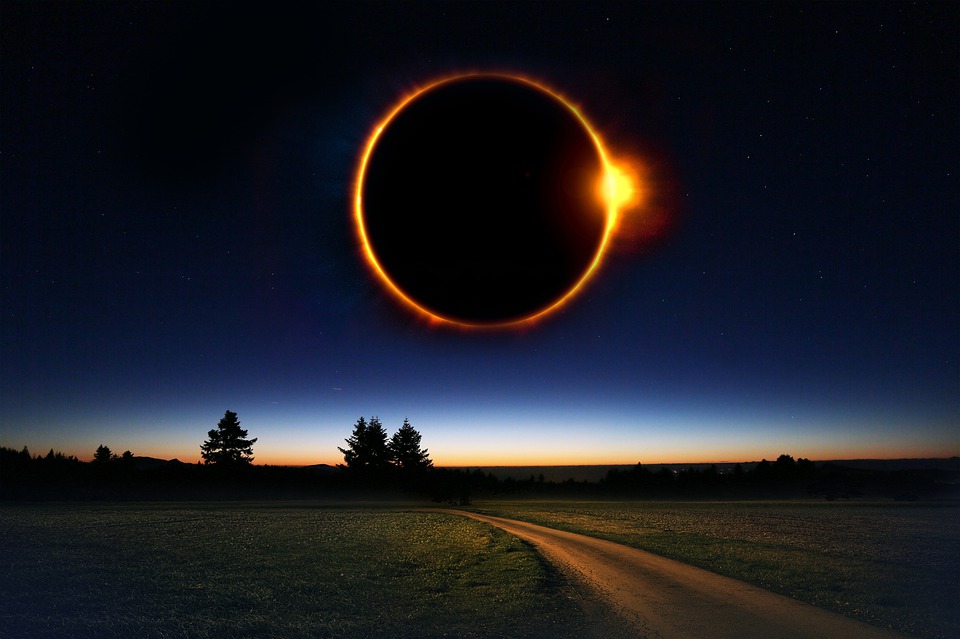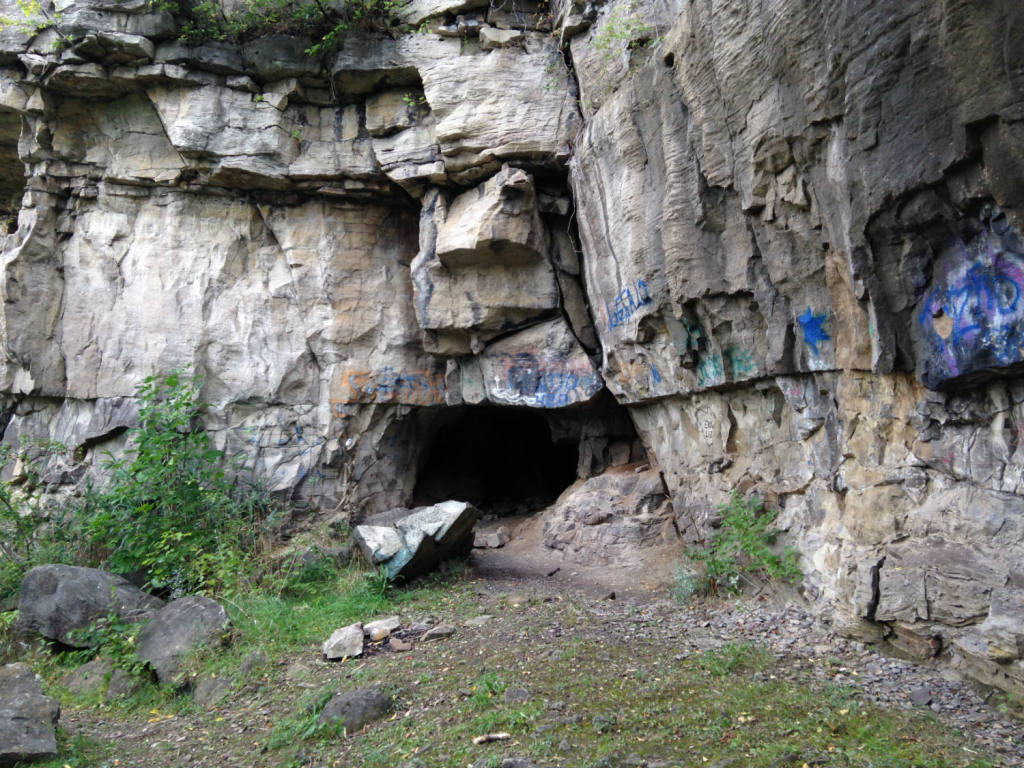And so now comes, this month, next week—Monday—the long-awaited and much prophesied about (and for some fearsome) solar eclipse.
As occurred seven years ago, on August 21, 2017, the moon will move in front of the sun, blocking out most of its rays, for some observers, totally.
That “path of totality” will extend from Mexico to San Antonio and Austin to Arkansas, Indianapolis, the Buffalo-Niagara Falls area, and Montreal. In all, thirteen states [see footnote] and southern Canada will experience it.
This means that people in those general areas will experience at least partial obscuration of the solar orb and, in some cases, that complete darkness.
Much has been made of the fact that seven (actually, including Canada, it’s eight) of the towns in the path are named Nineveh.
Nineveh was of course the city in ancient Iraq (now Mosul) to which Jonah, after three days of darkness in a sea creature, issued his famous warning. “Now Nineveh was an awesomely great city,” says Jonah 3-4. “It took three days to walk through it. Jonah began his journey through the city, and when he had gone only a single day’s walk announcing, ‘Forty days more and Nineveh shall be overthrown.'”
That word “announce” is ironic to Catholics, given that April 8 is also the day designated by the Church this year for the major Feast of the Annunciation. (The usual date of March 25 fell during Holy Week, which the Church deemed untimely.) It is also ironic in that Mosul-Nineveh was where a seer named Dina Basher (more on her soon) had apparitions of Mary and Jesus, visions that included strong prophecies of coming events.
It can be a stretch, however, to see too much into an eclipse; the same goes for coincidence, which is often meaningful but just as often is distorted. Some have gone to extremes in apocalyptic fervor (Protestant evangelicals foreseeing, in some cases, their “rapture”).
Moreover, there’s a real possibility everywhere but in Mexico and Texas of cloud cover, which would greatly lessen the drama.
But interesting it is. Jesus Himself said there’d be signs in the sky. And eclipses historically have come at poignant times.
Many equate Nineveh with modern cities like New York, for it had taken a turn onto “an evil way,” including violence.
In the modern world, which, through technology, has become one large city, one could view everyone as “Ninevites” ( though the actual number of towns called Nineveh in the path of totality is two, with the others marked for partial obscurity on April 8).
But it remains interesting (we’re inclined ourselves to read into coincidences), and more yet can be made of the fact that the 2017 eclipse passed over a like number of towns — seven — named “Salem.” (They were located in Oregon, Idaho, Wyoming, Nebraska, Missouri, Kentucky, and South Carolina.)
The most prominent source of the name “Salem” is its Hebrew origin, where “Salem” (שָׁלֵם) is related to “Shalom” (שָׁלוֹם), meaning peace.
In the Bible, Salem is also mentioned as the name of an ancient city, most famously associated with Melchizedek, who was the king of Salem and priest of the Most High God (Genesis 14:18). This ancient city is often equated with Jerusalem.
But because the most famous such city in the U.S. is famous for the witchcraft trials of 1692, the name has become synonymous, in many minds, with the occult (a word strikingly reminiscent of “occultation,” an event whereby one object is hidden from the observer by another object that passes between them — such as a solar eclipse). At least four “Salems” are in states that will experience the new eclipse (Indiana, Missouri, Oklahoma, and Kentucky).
This is one aspect. There are others that have not been discussed in prophetic circles, which are abuzz, in an unprecedented fashion, with this one.
When one overlays the April 8 eclipse with the one in 2017, one gets this:
Certainly one is forgiven for seeing this sideways “X” as a bit ominous, perhaps indicating division in the United States, which is at a level not seen since Fort Sumter and the first cannon volleys of the 1862 Civil War [see the current “Special Report“).
The division in the nation is real, and it is one reason (but hardly the only) why we are including a consecration of America to the Immaculate Heart of Mary during our upcoming pilgrimage to Fatima.
Now take a look at this and see if it bears any similarities:
Whether that “coincidence” bears any significance at all is up to your own adjudication. Some draw further significance from the fact a town called “Eagle Pass” will be in that path of darkness.
Eagle Pass is along the Mexican border and a hotspot for the uproar over illegal immigration from Mexico.
During the Civil War, Eagle Pass became an important customs point for Confederate munitions trade with Mexico. After the war, the last Confederate force in the field, the Shelby expedition, ceremoniously buried the last flag to fly over Confederate troops in the Rio Grande at Eagle Pass.
There is also the fact that the actual “epicenter” for the eclipse is Upstate New York, including Lily Dale–the largest encampment of spiritualists (mediums, channelers, New Agers, and witches) in the U.S. and in many ways a modern version of Salem.
The most famous spot for totality will be Niagara Falls, where the eclipse will last for three-and-a-half minutes.
Many don’t realize the powerful spiritual undercurrent of this area, which goes far beyond the raw physical force and beauty.
Back in the day, Indians annually sacrificed the fairest maiden to the gods by sending her over the cataracts, and the falls are well-known for hundreds who, strangely drawn, have committed suicide by jumping in the turbulent rapids.
Tales abound of “ghosts” in the area, and downstream at the base of the gorge is a shallow cave known as “Devil’s Hole” (where a brutal massacre of British by Seneca Indians occurred in 1763).
Some associate ill fortune with the spot to this day, for President William McKinley passed by train in front of the crevice in 1901, hours before he was assassinated in nearby Buffalo.
According to the Niagara Falls Reporter, “The Senecas believed it was the home of a horrifically malevolent being that took the form of a giant horned snake, an insatiable demon they called Hanissee ‘ono — the ‘Evil One.’ The “Jesuit Relations” of 1679 describe Devil’s Hole as ‘a place where the Evil One and cruelty have reigned, perhaps since the Deluge.’
“In 1679, the French explorer Robert de la Salle ignored his guide’s warnings to avoid the area. Embarking on what was to be his final expedition a short while later, he found himself plagued by bad luck, finally becoming disoriented and hopelessly lost. He was murdered by members of his own company, his body left to the wolves in the trackless wilderness. Visitors tell of hearing strange, mournful voices and sighting mysterious lights in the vicinity, called by one visiting writer a place “cursed by an aura of sheer bad luck.”
The Lord rebuke you, Satan.
And a final coincidence:
When the eclipse occurs, those in its path of totality will be able to see something else in the sky: a bolide that’s called the “Devil Comet” or “Mother of Dragons” (technically 12P/Pons-Brooks ) that comes around the sun every 71 years.
As another local publication, Your Erie, put it, “The return of the ‘Devil Comet’ is especially thrilling for many skywatchers, as experts project that it will be visible during the Great American Eclipse, thanks to the darkness of totality.
“’The comet would be located about 25 degrees away from the eclipsed sun,’ Dr. Paul Chodas, manager of the Center for Near-Earth Object Studies, and Davide Farnocchia, navigation engineer, at NASA’s Jet Propulsion Laboratory in Pasadena, California, said in an email to a news network. ‘The comet should be fairly easy to find during the total solar eclipse, as well as a number of planets, but the main focus during those four minutes should be on the eclipse itself!”
“Your Erie” or “Your Eerie”?
[Footnote: the states and provinces: (Texas, Oklahoma, Arkansas, Missouri, Kentucky, Illinois, Indiana, Ohio, Pennsylvania, New York, Vermont, New Hampshire, Maine, Ontario, and Quebec]
[Some believe there was an eclipse on Calvary for those three hours; astronomers cite an eclipse around 700 B.C.; but that was not correct timing, and was a partial eclipse — and no eclipse lasts three hours.]
[Resources: Michael Brown retreat in Saint Augustine, Florida — the nation’s oldest city — May 18, and Pilgrimage, Fatima, Lourdes, Avila and much more, September]







